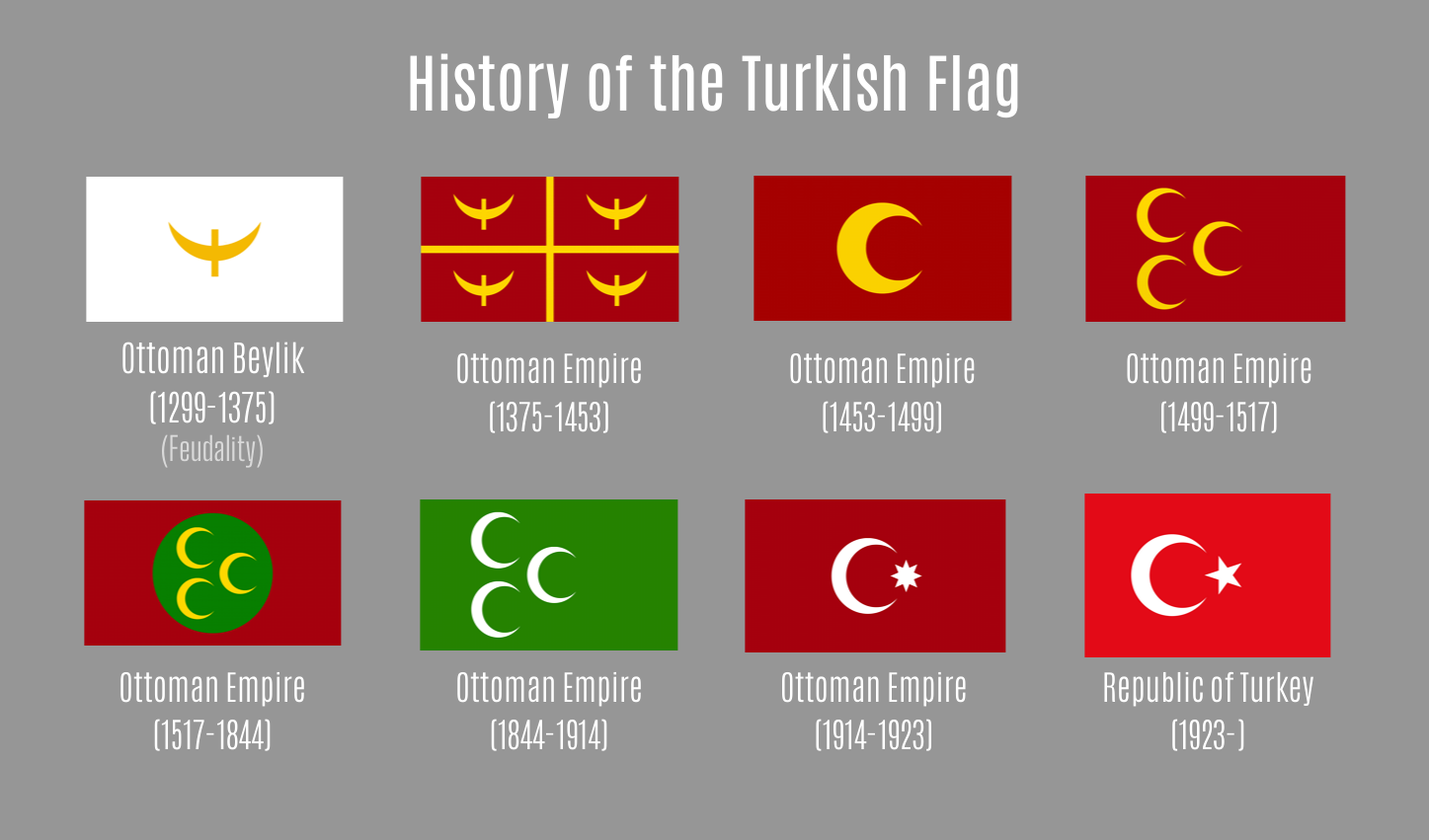The fundamentals of the Turkish Flag were laid down by Turkish Flag Law No. 2994 of 29 May 1936. Turkish Flag Regulation No. 2/7175 dated 28 July 1937, and Supplementary Regulation No. 11604/2 dated 29 July 1939, were enacted to describe how the flag law would be implemented. The Turkish Flag Law No. 2893 dated 22 September 1983 was promulgated six months after its publication. According to Article 9 of Law No. 2893, a statute including the fundamentals of the implementation was also published. Turkish Standards Institute (TSE) published the official standards, color codes and materials to be used for Turkish flag on 30 November 2006
Hoisting and Lowering the Flag
Article 3 – Flag shall be hoisted on public associations and foundations and their abroad representatives, sea vehicles of public foundations, real and judicial persons. It shall be hoisted on vehicles of the authorities in and out of the country. Hoisting and lowering of the flag shall be done with ceremony. Making of the ceremony in appropriate way shall be under the responsibility of the authorized chief in that place. The Turkish flag shall be hoisted on national holidays and general holidays, starting from holiday start and ending in the sunset of the end of the holiday. (A recent modification of the law changed this rule. The flag shall now be hoisted on the official buildings all the time). Permanent hoisting of the flag, the closed places in which the flag shall be placed, the places where the flag shall be used as background, the way of hoisting the flag in private places, the schedules and subjects about hoisting of the flag on the vessels of the Turkish Armed Forces and Turkish merchant ships are shown in the charter.
Meaning of the flag
It’s very difficult to explain the real meaning of a flag; there are legends, actual stories, and outright misinformation about the reason of certain colors or designs were put on national flags. Also individuals may have their own interpretation of their own national flag. Religious symbolism can also be expressed via color, such as the crescent moon which is a traditional Islamicsymbol.
Historical facts:
Red has been prominent in Turkish flags for 700 years. The star and crescent are Muslim symbols, but also have a long pre-Islamic past in Asia Minor. The basic form of the national flag was apparently established in 1793 under Ottoman Sultan Selim III, when the green flags used by the navy were changed to red and a white crescent and multi-pointed star were added. The five-pointed star dates from approximately 1844. Except for the issuance of design specifications, no change was made when the Ottoman Empire became the Republic of Turkey and theCaliphate (religious authority) was terminated by Ataturk. Many traditions explain the star and crescent symbol. It is known that Diana (Artemis) was the patron goddess of Byzantium and that her symbol was a moon. In 330 AD, Emperor Constantine rededicated the city – which he called Constantinople – to the Virgin Mary, whose star symbol was superimposed over the crescent. In 1453 Constantinople was captured by the Ottoman Turks and renamed Istanbul, but its new rulers may have adopted the existing emblem for their own use.
Legends:
A reflection of the moon occulting a star, appearing in pools of blood after the battle of Kosovo in 1448, the battle during which the Ottomans defeated the Christian forces and established the Ottoman Empire in Eastern Europe until the end of the 19th century, led to the adoption of the Turkish flag by Sultan Murad II according to one legend. Others refer to a dream of the first Ottoman Sultan in which a crescent and star appeared from his chest and expanded, presaging the dynasty’s seizure of Constantinople (Istanbul). There are also other legends explaining the flag.




